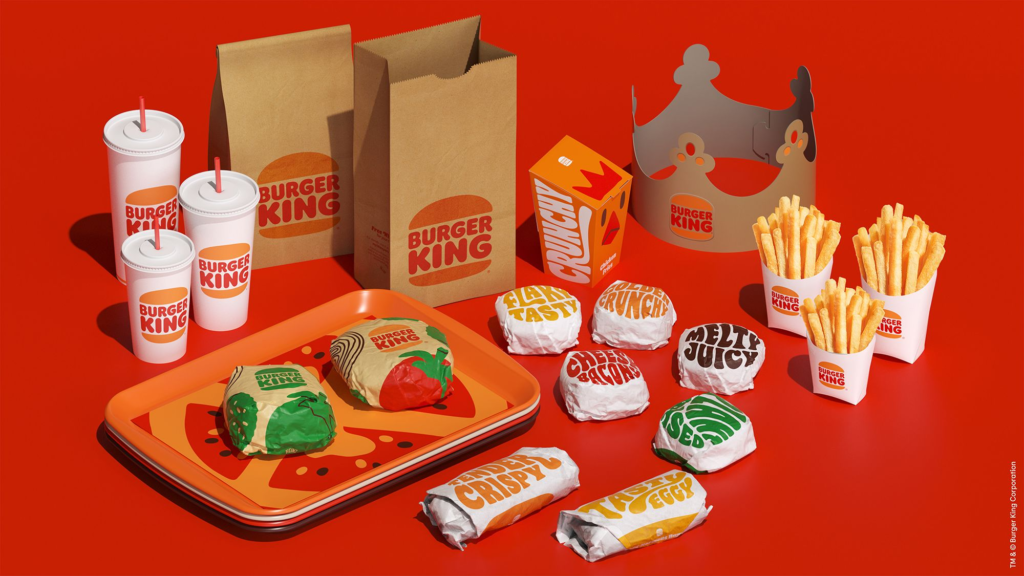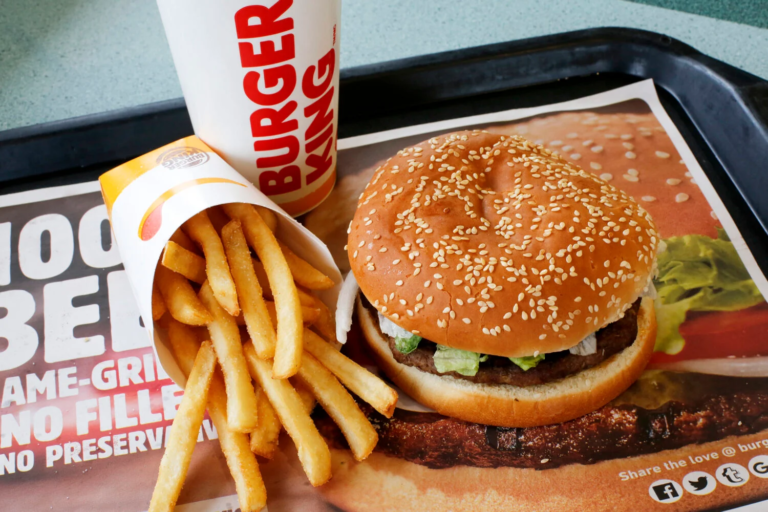Company History
Burger King, one of the most recognizable names in the fast-food industry, has a rich history dating back to 1953. Originally founded as Insta-Burger King in Jacksonville, Florida, by Keith J. Kramer and his wife’s uncle, Matthew Burns, the chain introduced a unique cooking device called the “Insta-Broiler.” However, financial difficulties led to a change in ownership, and in 1954, the Miami-based franchisees James McLamore and David Edgerton purchased the company, renaming it Burger King.
Under McLamore and Edgerton’s leadership, Burger King began to flourish, expanding rapidly through a franchise model. The iconic Whopper was introduced in 1957, becoming a cornerstone of the menu and a major differentiator in the competitive fast-food market.
By 1967, the chain had grown significantly, prompting its sale to Pillsbury Company. Over the years, Burger King has changed hands multiple times, with notable owners including British beverage company Grand Metropolitan, private equity firm TPG Capital, and Restaurant Brands International (RBI) in 2014.

Market Shares and Revenue
Burger King operates in over 100 countries with approximately 19,000 outlets, making it the second-largest fast-food hamburger chain globally, trailing only behind McDonald’s. According to the latest reports, Burger King’s global revenue reached $1.77 billion in 2023, showcasing steady growth in a competitive market.
Despite its global reach, Burger King’s market share varies significantly by region. It holds about 15% of the fast-food burger market in the United States, a significant figure but still a distant second to McDonald’s. The company’s strategy focuses on menu innovation, digital transformation, and global expansion to capture more market share and increase revenue. Introducing plant-based options like the Impossible Whopper and technological advancements such as mobile ordering and delivery partnerships have been critical in maintaining and growing its market presence.
Best-Selling Menus
Burger King’s menu has evolved significantly over the years, adapting to changing consumer preferences while retaining its classic offerings. The Whopper remains the best-selling item, known for its flame-grilled patty and customizable toppings. Other popular menu items include:
- Chicken Fries: Introduced in 2005, these chicken strips are a fan favorite, especially among younger customers.
- Whopper Jr.: A smaller version of the classic Whopper, appealing to those looking for a lighter option.
- Chicken Sandwich: The original chicken sandwich, with its crispy breaded fillet, has been a staple since its introduction.
- Breakfast Items: Burger King offers a variety of breakfast items, including the Croissan’wich and the Egg-Normous Burrito. For those wondering, “What time does Burger King stop serving breakfast?” the answer is typically 10:30 AM, though this can vary by location.
Conclusion
Burger King’s journey from a small Florida-based chain to a global fast-food giant is a testament to its adaptability and innovation. With a strong market presence and a commitment to menu diversity, the company continues to attract customers worldwide.
As it navigates the challenges of the modern fast-food industry, Burger King’s focus on digital transformation and menu innovation will be crucial in maintaining its competitive edge.
From the iconic Whopper to its extensive breakfast menu, Burger King remains a beloved choice for fast-food enthusiasts, ready to satisfy cravings at any time of the day. Whether you’re grabbing a quick lunch or breakfast, this fast-food titan has something for everyone.

